Grow your own wasabi
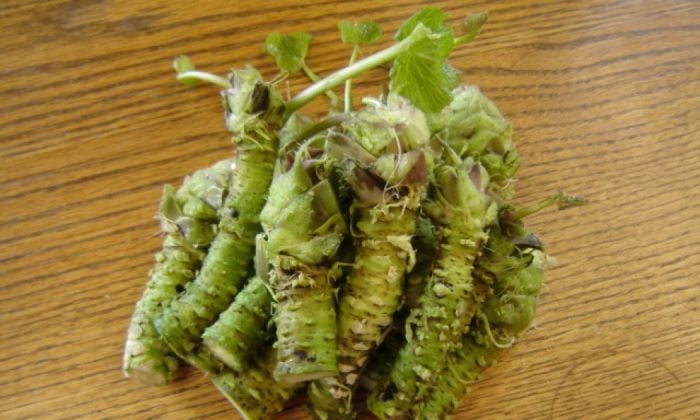
We all know wasabi. The typical greenish horseradish that is very spicy and most often used for sushi but certain people simply prefer wasabi over the regular horseradish (armoracia rusticana). It goes well with sausages, just like the white stuff. Wasabi is better known as Japanese horseradish (Wasabia japonica) and if you like it a lot, you can grow it at home and make our own spicy wasabi paste.
Health benefits of wasabi
People in Japan have been using wasabi as natural antibioticsfor centuries – it suppresses growth of certain bacteria, yeast and mould. If you consume wasabi regularly you will strengthen your immune system. Wasabi also works as a strong antioxidant, and may act as cancer prevention, reduces problems usually experienced after chemotherapy and can even slow down aging.
Photo: Commons.wikimedia.org
Seeds or seedlings?
Growing from seeds is much cheaper than buying seedlings. Yes, you pay around 7 EUR for one seedling but it is much easier, then buying ten pieces of seeds for 1.5 EUR and then do all the work. Anyway you might not be able to get high-quality seeds as they have to be stored in a humid environment. Once the seeds dry out, they will not germinate. This is the main reason why it is better to get for seedlings, which should be readily available today.
Growing from seeds
Anyway, if you come across wasabi seeds and want to grow from seeds do not hesitate and by them. As soon as you arrive home store the seeds in a humid environment. Put the seeds in a small bowl pour in distilled water and let them sit there for 48 hours – before sowing. The seeds will enlarge and soften and they will germinate easier. Sow them in a flower pot, preferably during the second half of autumn. The distance between individual seeds should be around 2.5 to 5 cm. Wasabi plant will develop roots over the winter. While sowing, press each seed lightly into the soil. From now on, you need to keep the soil properly moist – use a sprayer if you have one.
Growing from seedlings
Young plants need to be watered regularly. If you forget, they will ask for water – they will wilt very quickly and you will notice. However, this forces many people to water too much. Do not over water because Japanese horseradish is susceptible to fungi and diseases. So, be careful and make sure your seedlings are not drowning in water . Use a sprayer for young and weak seedlings. Older plants can be watered as any other plant. Another thing is that during the entire growing period the wasabi plant must not be exposed to direct sunlight, as direct sunlight can dry the soil quickly – and you need to maintain constant moisture.
Growing tips
Wasabi can deal with freezing temperatures down to -12 °C but we still prefer growing this plant in a container so, we can bring it inside to an unheated room if necessary. The container should be large enough. Do not forget that you grow wasabi for the roots so, you should give the roots enough space to grow. A great idea is to use a large saucer underneath the container where water can sit all the time – this will keep the soil constantly moist. For best results it is recommended to shade the plant and keep the ambient temperature from 8 to 12 °C.
Wasabi harvest
After two years you may harvest. It takes this long for Japanese horseradish to acquire its full flavour. Ripe wasabi has leaves about 60 cm high and about half a meter wide. Wasabi roots are best when they are 18 to 20 cm long.
How to use wasabi?
You may add fresh leaves to various vegetable salads or you may chop them and add them to a soy sauce and use it as a flavour enhancer for various dishes – leaves go great with stewed vegetables, for example. Leaves are also used as soup spice. The root is usually ground and most often served with sushi and rice dishes but it is also served with sashimi – a fresh fish cut into small pieces. Another great idea is to wrap peanuts in wasabi paste and prepare your own wasabi flavoured nuts.
Preview photo: Commons.wikimedia.org

Gardening is my hobby, I have a lot of experience and I am happy to share it.
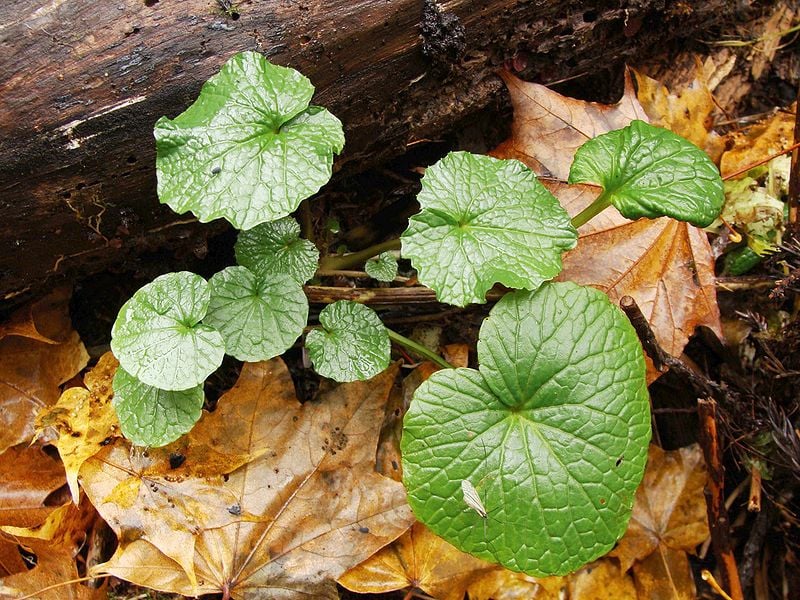


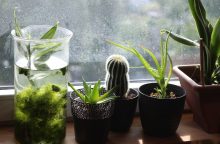
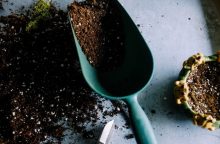
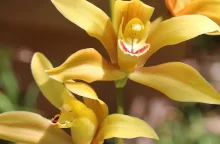
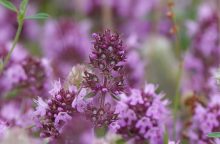
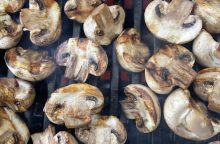
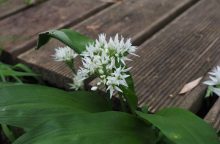
0 comments